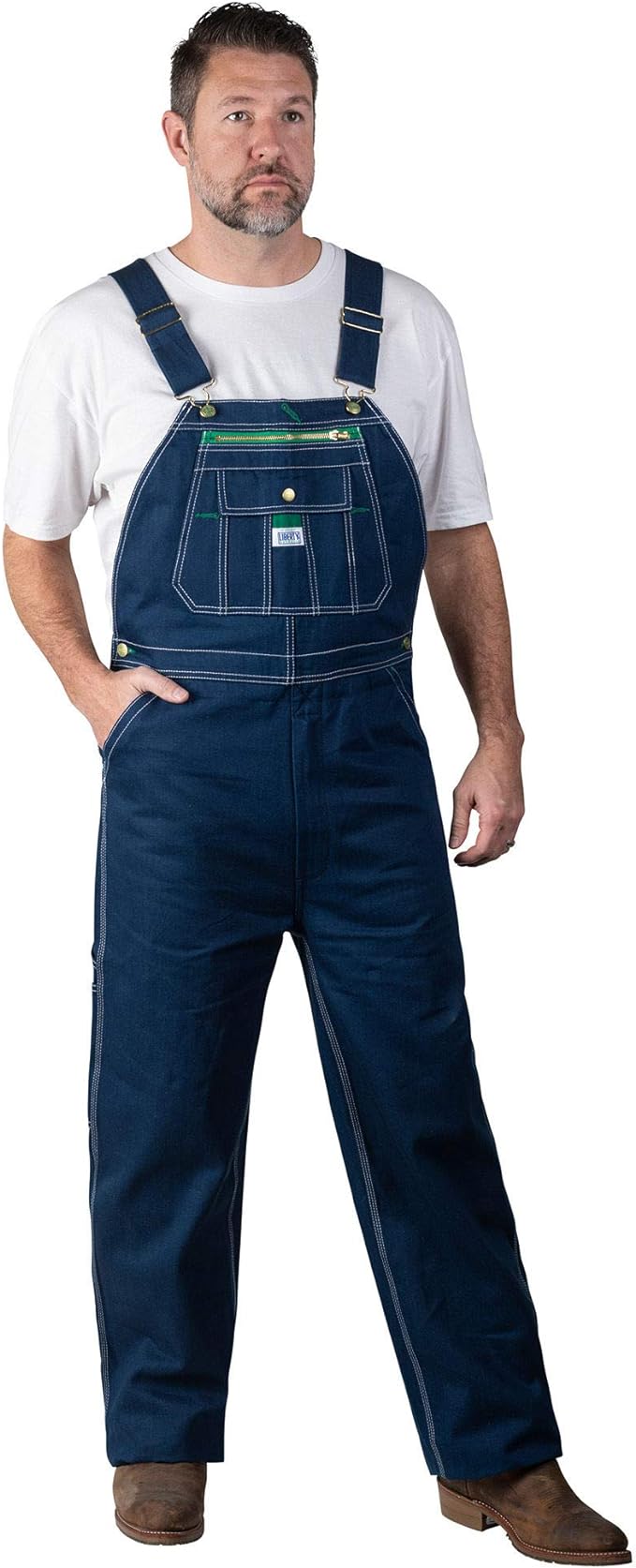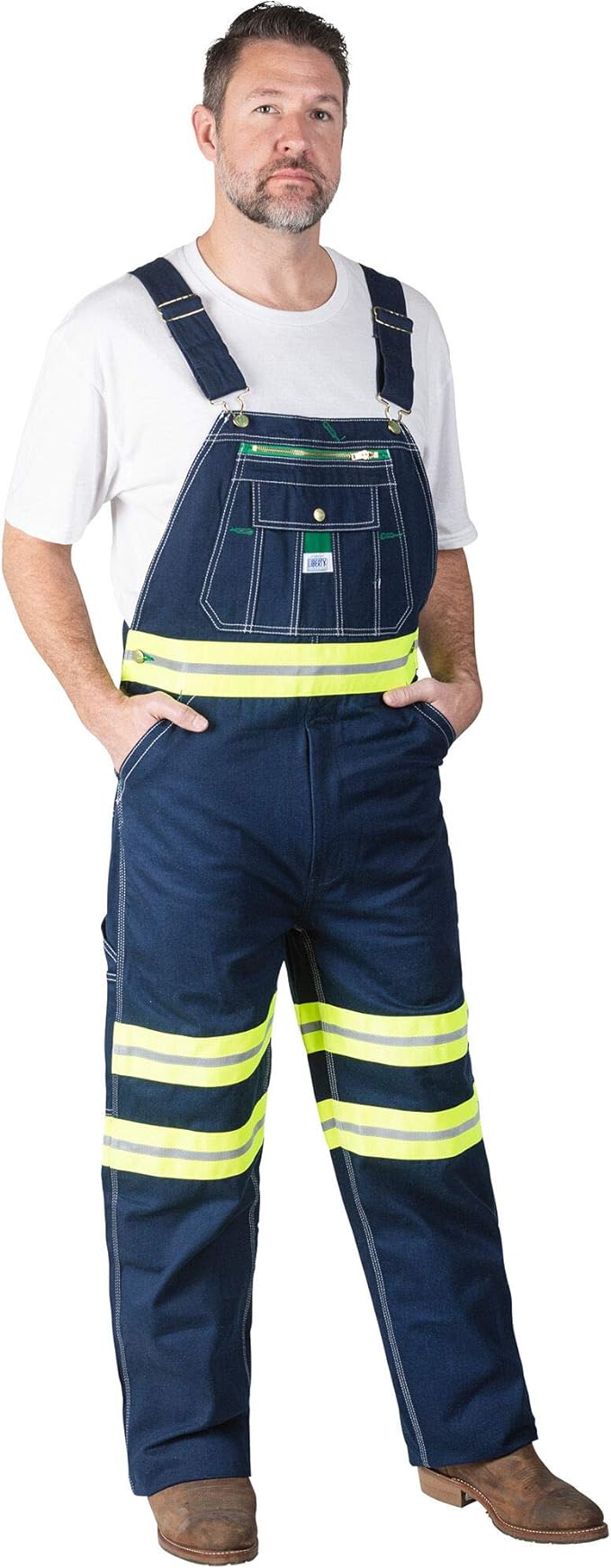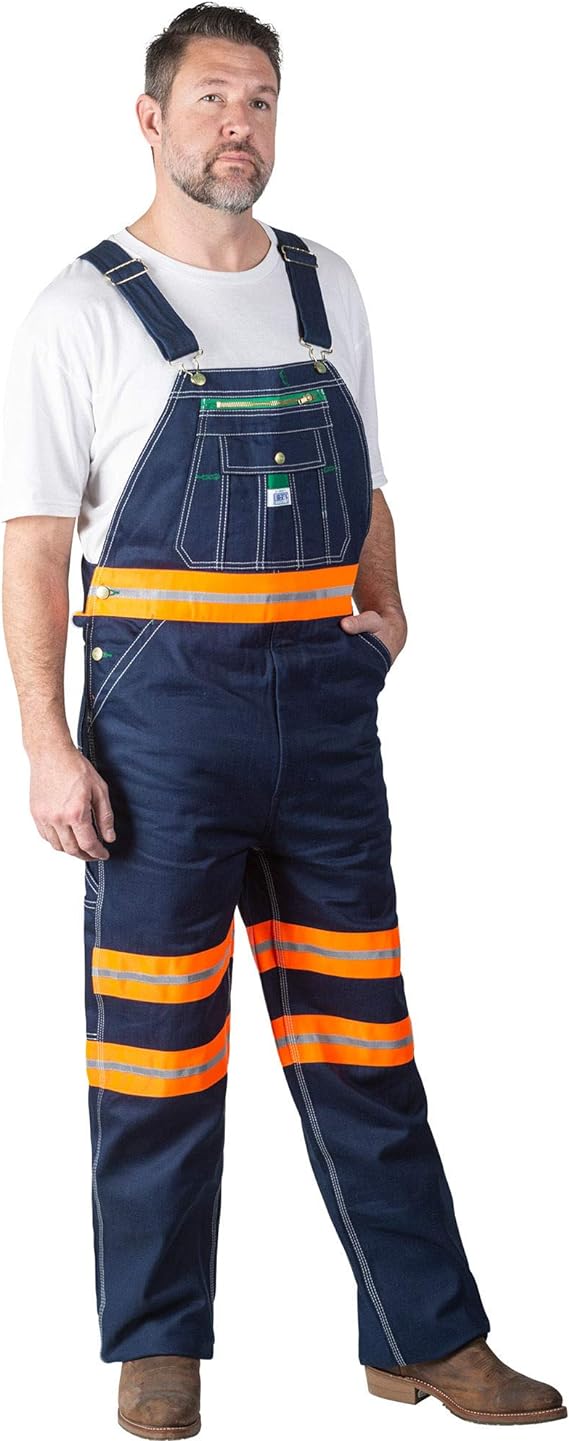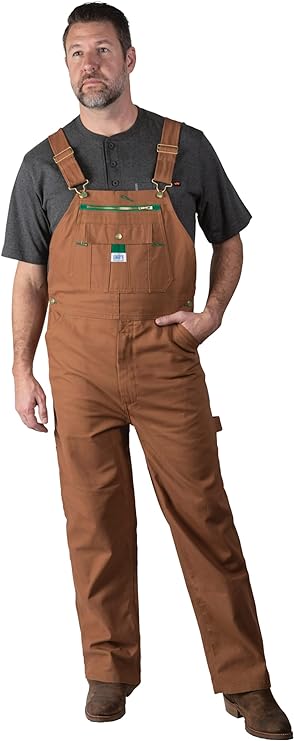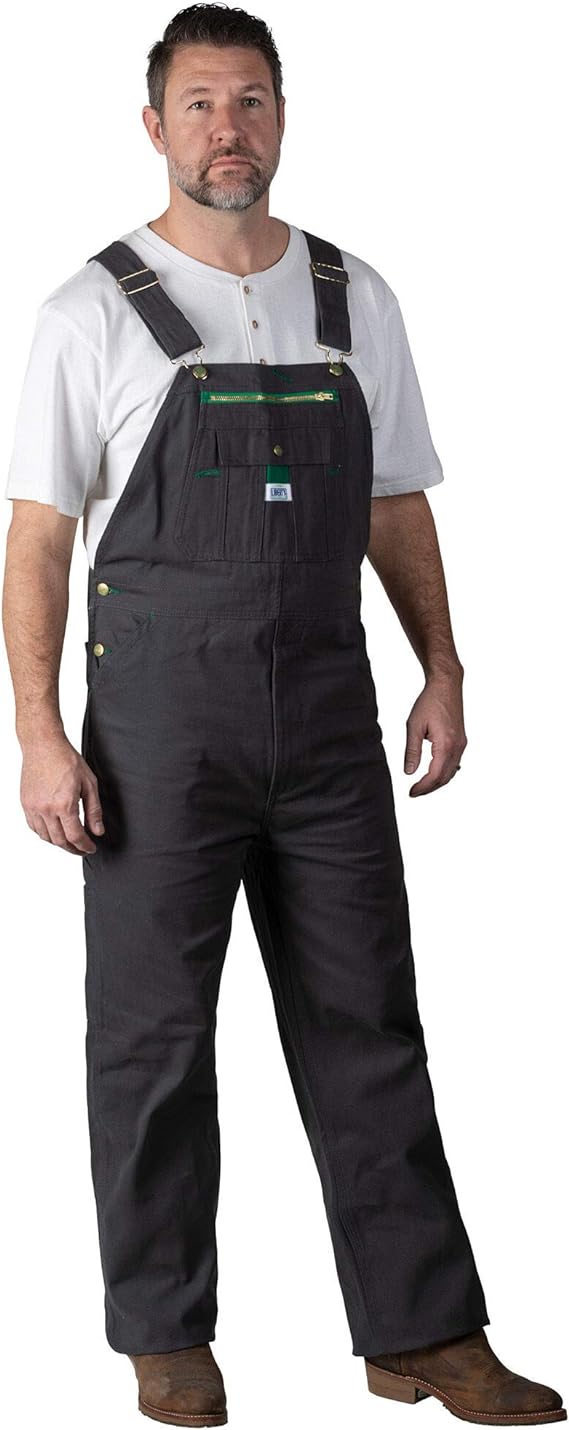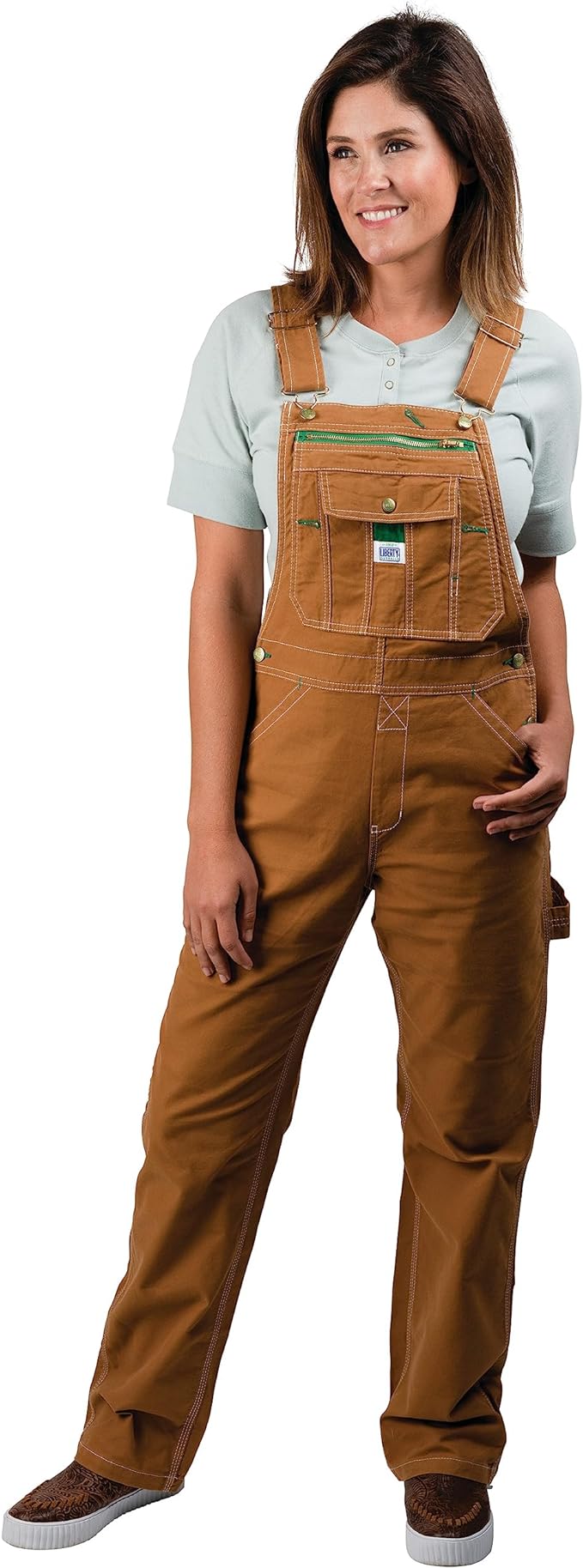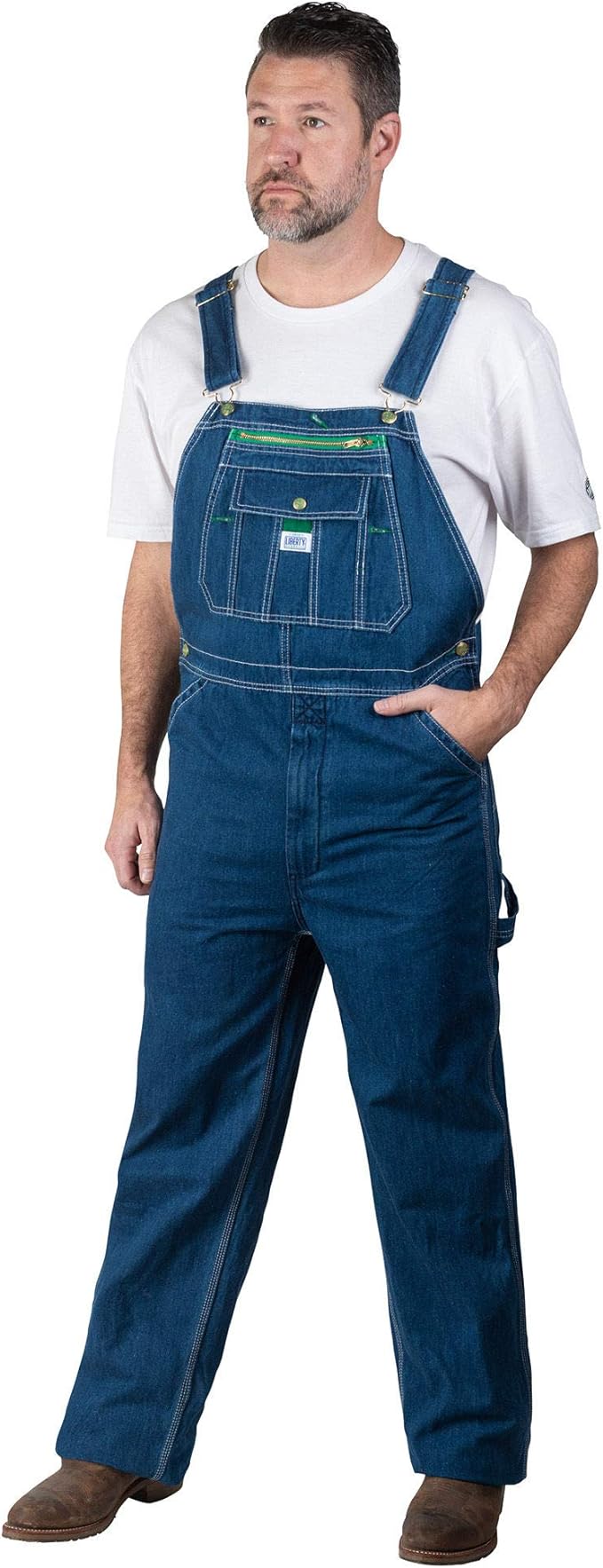
Liberty Mens Stonewashed Denim Bib Overall
More Info
After I graduated from college in the early 1990s, I began working at a local Mom and Pop Workwear (Drygoods) Store!
The owner of this workwear store also owned an old-fashioned hardware Store! The Hardware Store started in 1917 and the Workwear Store started in 1934!
In the age of big-box retailers and online shopping giants, there's something inherently charming about the mom-and-pop workwear and hardware store.
Nestled on the corner of a bustling street or tucked away in a small town, these hidden gems exude a sense of nostalgia and authenticity that's hard to find elsewhere. Let me as I embark on a journey to celebrate these beloved establishments and the timeless allure they bring to the world of workwear and hardware.
Walking into a mom-and-pop workwear or hardware store feels like stepping back in time. The creak of the wooden floorboards, the smell of leather and canvas, and the friendly greeting from the owner behind the counter—all combine to create an experience that harkens back to a simpler era. These stores are more than just places to buy clothing or hardware tools and supplies; they're pillars of the community, preserving tradition and serving as invaluable resources for generations.
One of the standout features of mom-and-pop workwear or hardware stores is the personalized service they offer. Unlike larger retailers where you're just another face in the crowd, here, you're treated like family. The owners and staff take the time to get to know their customers, understanding their unique needs and preferences. Whether you're a seasoned tradesperson or a weekend warrior, they'll go above and beyond to ensure you find exactly what you're looking for.
The shelves are lined with an array of tools, paints, pocket knives, and gadgets. But what truly sets these stores apart is the wealth of knowledge housed within their walls. From seasoned professionals to DIY enthusiasts, the staff at mom-and-pop hardware stores are experts in their field, ready to offer advice, recommendations, and solutions to even the trickiest of home improvement challenges.
In an era dominated by big-box retailers and online shopping, mom-and-pop hardware stores remain steadfast in their commitment to quality and variety. Need a specific type of screw for an antique cabinet? They've got it. Looking for a rare tool passed down through generations? Chances are, they'll have that too. These stores are more than just purveyors of goods; they're treasure troves of essentials, stocking everything from household staples to hard-to-find specialty items, all with a personal touch you won't find elsewhere.
Beyond the products they sell, mom-and-pop hardware stores serve as vital community hubs, fostering connections and camaraderie among neighbors. Whether you're a seasoned contractor or a weekend warrior tackling your first DIY project, these stores welcome everyone with open arms. They're places where locals gather to swap stories, share tips, and forge lasting friendships—a testament to the enduring power of community spirit.
In a world where fast fashion reigns supreme, mom-and-pop workwear or hardware stores stand apart by prioritizing quality over quantity. They carefully curate their inventory, selecting only the finest garments and accessories that are built to last. From rugged denim bib overalls to sturdy steel-toe boots, every item is chosen with durability and functionality in mind. And if you're unsure about which product is right for you, the knowledgeable staff are always on hand to offer guidance and expertise.
Perhaps most importantly, mom-and-pop workwear and hardware stores play a vital role in preserving tradition. In an industry that's constantly evolving, they remain steadfast in their commitment to heritage craftsmanship and timeless style. Many of these stores have been passed down through generations, with each new owner adding their chapter to the store's rich history. By supporting these establishments, we not only invest in quality products but also ensure that the legacy of craftsmanship lives on for years to come.
In a world of mass production and impersonal shopping experiences, mom-and-pop workwear and hardware stores serve as beacons of authenticity and tradition. They offer more than just clothing or hardware; they provide a sense of connection, community, and nostalgia that's increasingly rare in today's fast-paced world. So the next time you find yourself in need of a sturdy pair of boots, a reliable work jacket, or some nuts and bolts, consider paying a visit to your local mom-and-pop shop. You'll not only find what you're looking for but also discover a piece of history and a warm welcome that's truly timeless.
The purpose of this blog is to recommend many of the Workwear and Hardware items that I use to sell in the local workwear and hardware stores in my hometown!
Although many of the stores are no longer in operation, many of the items that were sold are still available.
I will be blogging about working in these mom-and-pop stores and listing the products that I remember selling. I will have links to various online stores including Amazon and eBay!
LATEST BLOG POST:
FEATURED ITEMS:

